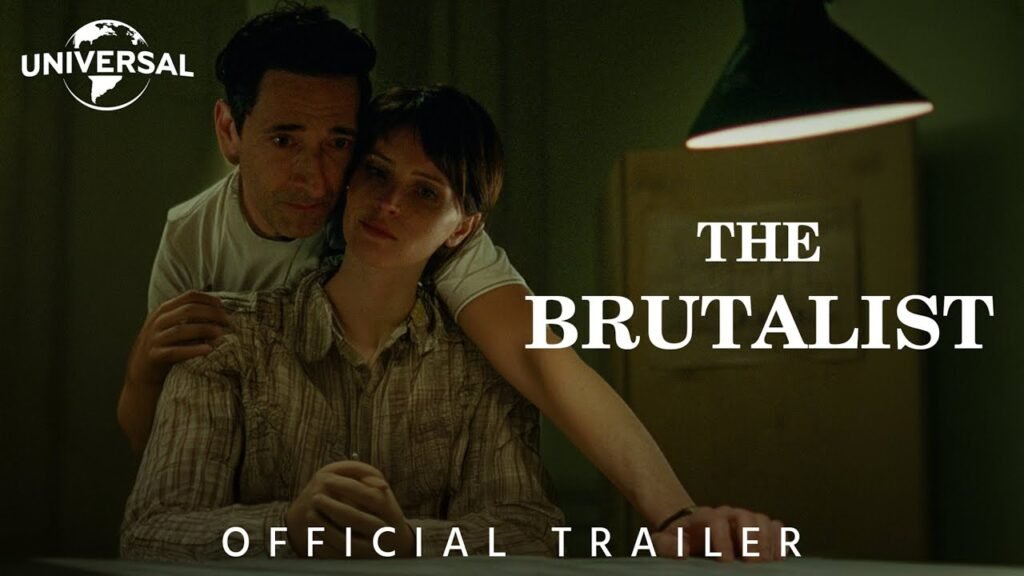
It had never been in doubt what medium Brady Corbet, the director would use to make “The Brutalist.” As per Lol Crawley, who is the cinematographer, “We’ve always shot on film.”
Brody plays Laszlo Toth, a Hungarian Jewish architect as he tells about his life in the movie called The Brutalist. He survives the Holocaust and moves to America where he gets to experience the American dream after meeting a wealthy industrialist who changes his life.
Architecture photography was one of the research areas for Brady and Crawley as they also looked at how such photography had been taken. In an interview with Variety Inside The Frame, Crawley said that ‘When you’re doing any kind of architecture photographing you tend to want minimal distortion from lenses which is why some people would prefer shooting with rectilinear lenses over wide-angle lenses.’
However, it was this idea that made Brady go for Vista Vision film stock which is not used frequently since Paramount created it during 1950s in order to have better quality pictures.
Crawley clarifies, “Rather than pull the film down straight in a movie camera, it is actually pulling it sideways across eight perforations at one time. Thus, you end up with a bigger format and this means that you are not compelled to use extended lenses for wider angles.”
Alfred Hitchcock also used this format to shoot “To Catch a Thief” and “Vertigo”. According to Crawley, “These were cinematic processes that were competing with the arrival of television and which was aimed at bringing back cinema audiences.”
The format obviously fit well because the timeline for the epic began after World War II.
László Toth meets Harrison Van Buren (Guy Pearce) who commissions him to build a massive public institution. In one significant scene, László takes Harrison through Italy and into a quarry where he chooses marble for his monument.
However, where the location (in Tuscany known as the Carrara Marble Mine) is concerned, it was a real working mine that brought in its own demands. “It was such a dangerous place to work because it is an operational mine; so we were very fortunate to be able to shoot there, but we had only a small footprint so no generators could be taken inside there.”
Instead of adding or even taking away from the light, Crawley made use of the available natural light sources.
One sequence that Crawley loves is his most favorite part of the film. He says, “That moment in the movie is a major turning point. I’m trying to avoid giving away too much here but it’s a pretty severe example of one character being excruciatingly cruel to another. So, I think in that way, story-wise, it’s a very important pivotal moment.”
He also thinks this scene shows how using handheld cameras can be beneficial and highlights “VistaVision beautifully.” According to Crawley,” if anybody ever claimed VistaVision as an affectation or something that somehow seemed out of place in the movie then these sequences show that those claims are wrong.”
This three-hour-plus epic features 70mm screenings. FotoKem’s Andrew Oran (senior vice president of feature sales and marketing) collaborated with him in making prints which have four miles of celluloid film weighing 259 pounds. What Crawley said was, “He was amazing and created the prints for us.
For More Movies Like The Brutalist (2024) Visit solarmovie.







